My water heater element is rated at 3.6kW at 240V. To use solar power efficiently, I would like to use excess solar power (in a grid-tied arrangement) to heat our domestic hot water. Our electricity supplier only pays a pittance for exported power but still charges the full rate on any imported power, so the trick is to control the current to the hot water system (HWS) so that most excess solar power is consumed internally.
Would a heavy duty phase controlled triac be suitable? Would the large current switches cause problems? I do not know how the metering works, so this per-cycle method may not even register as a smaller average current. Ideally, the load should look like a varying resistance.
Would an approach like a switching power supply make sense? ie rectify the AC, then chop the current at high frequency, while protecting the supply side with large filters? I suspect this approach would cause EM noise unless carefully designed.
Are there better ways of controlling HWS power?
Motivation
The inverter connects on my side of the meter, but import and export are measured separately. I am trying to minimise the bill to the electricity company. To do that I need to use as much of the solar generated power internally, while being careful not to import power during a sunny day. Eg: when solar power in = 4kW, internal loads = 2kW, I want the HWS to draw 2kW. If I export power I get 7 cents per kWh. If I import power I pay 20 cents per kWh. The feasibility of the installation hinges on whether I can vary the load to match the generation.



